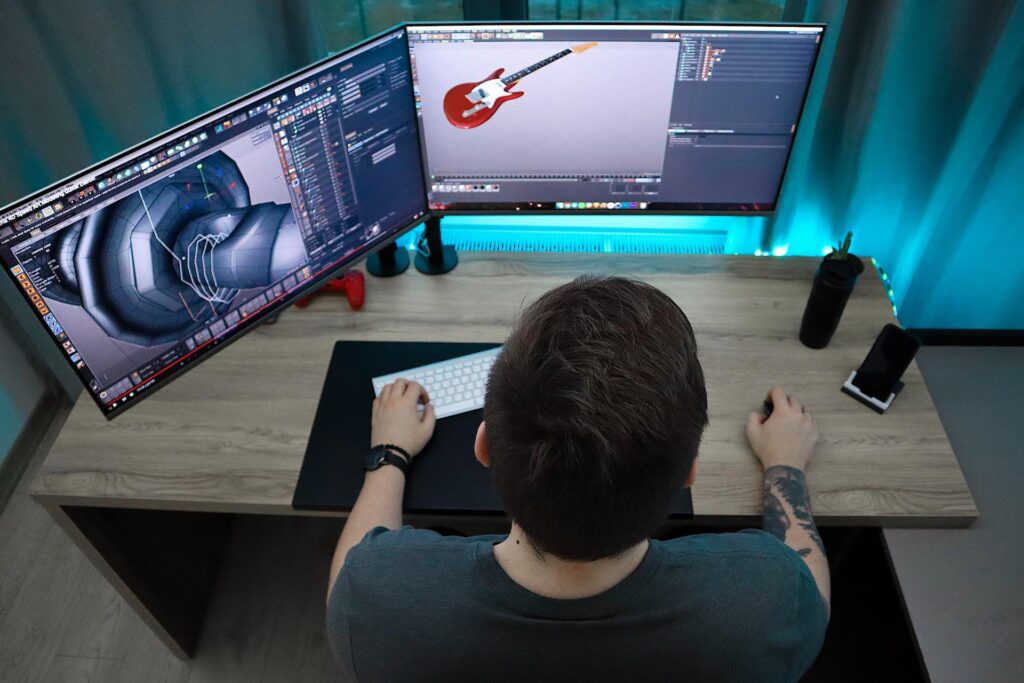The design of a working prototype is a crucial step in creating any new product. Making a digital or physical product model is important before mass production begins because it allows designers and engineers to evaluate and improve the design.
This blog will cover all aspects of prototype product design, from its significance to the different kinds of prototypes to the advantages they provide.
The Role Of Prototypes In Product Development
A new product’s development can only proceed with first designing a prototype. Before a product goes into mass production, it can be put through its paces in terms of usability, durability, and functionality by designers and engineers. Potential design flaws can be found and fixed early on, saving time and money by avoiding costly changes and delays.
Prototype Varieties
During The Course Of Developing A Product, Various Prototypes Can Be Made. For Example:
Preliminary Working Model
A proof of concept prototype is made to see if a product idea can be made. They are typically simplified, basic models that show how a product is supposed to work.
A Fully-Functioning Model
A functional prototype is developed to ensure that a product works as intended. Specific features and functions of a product can be tested with these prototypes, which are more developed than proof-of-concept prototypes.
Example Of A User Interface
Prototypes of a product’s user interface are developed for this purpose. They are made to seem like the product’s user interface so that designers can see how customers respond.
Physical Model Prototype
Appearance prototypes are made to evaluate the visual appeal of a prototype product design. They are representations of the finished product that are accurate in size, shape, and colour.
Product Prototyping Has Many Advantages
Validation And Improvement
Prototyping is useful for designers and engineers as a prelude to mass manufacturing. Potential design flaws can be found and fixed early on, saving time and money by avoiding costly changes and delays later in development.
Prototyping lets designers hear from actual customers, whose experiences can shed light on improving the product. An improved product-user interaction is one possible outcome.
Cost-Effective
Developing a prototype can save money instead of making adjustments during mass production. It enables designers to make adjustments early, decreasing the likelihood of costly adjustments and delays later.
Eliminating Danger
Risks, such as those related to the product’s safety or usability, can be identified and addressed through a prototype. This can lessen the likelihood of a flop and guarantee that the final product will satisfy its intended audience.
Innovation
Because it lets them try out various options, prototyping can also help spur innovation among designers. As a result, new and exciting goods can be developed to serve consumers better.
Conclusion
Prototype design is an essential part of developing new products. Designers and engineers may use it to validate their work before moving into production, which helps them save time and money and keeps their customers happy. The conceptual, operational, user interface and aesthetic prototypes are all attainable outcomes for product designers. There are many applications and advantages to prototyping. Testing, refining, user feedback, economic efficiency, reduced risk, and originality are all benefits of prototyping in product design. Prototype product design can help designers and engineers create novel, user-friendly products that stand out in a crowded marketplace.

